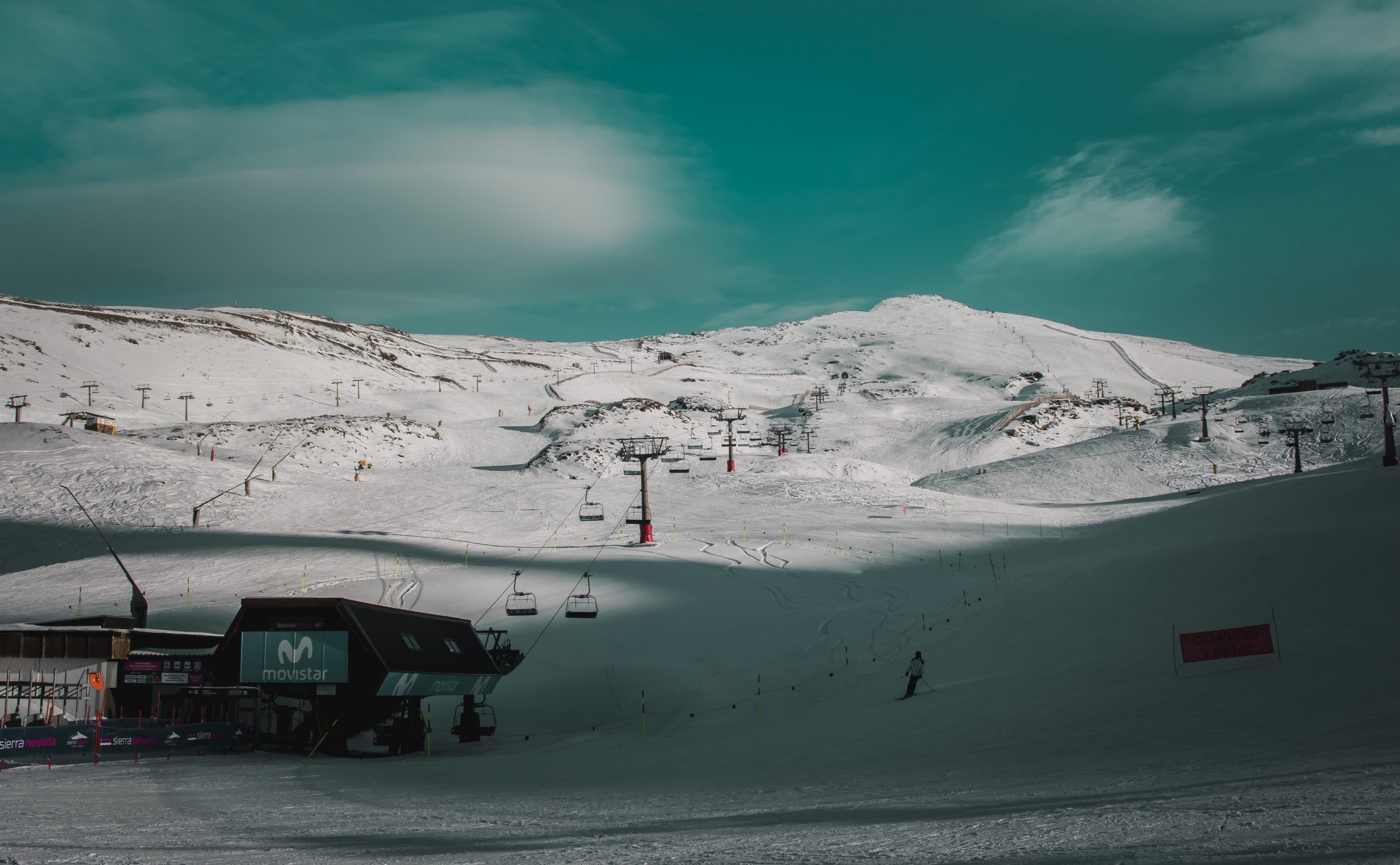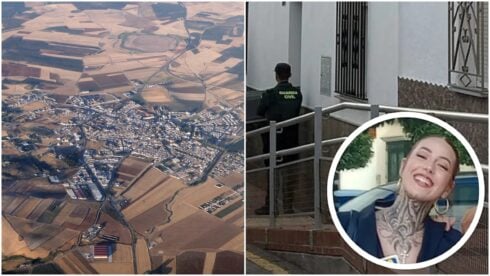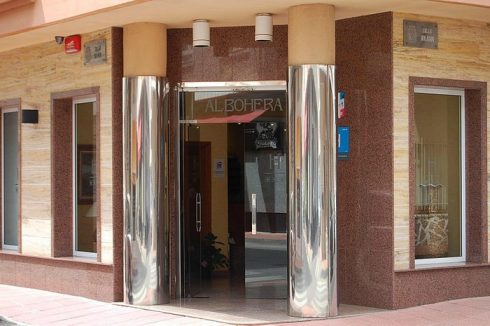IT was two decades ago that I looked out from a hillside near Ronda and spotted the distant snowy peaks of the Sierra Nevada over 150 kilometres away.
Like a giant white magnet I was immediately pulled in, seduced by the thrills of winter sports, right here on our doorstep.
None of the hassle of flying to Geneva and a four-hour coach trip, or braving the big freeze in Glencoe, in Scotland, most of us on the costas are under a three-hour drive to the winter wonderland of the Sierra Nevada.
Entirely possible to do in a day trip from the Costa del Sol, take it from me you are missing out half of the fun if you don’t stay at least one night.
This is rightly dubbed ‘southern Europe’s top skiing resort’ and naturally with it comes the usual dollop of fun and excellent culinary fare, not to mention usually clement weather.
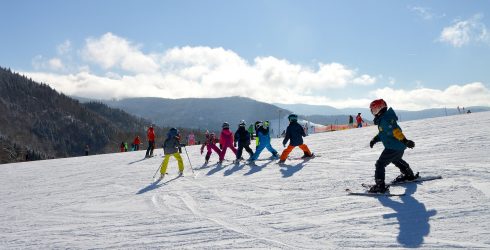
Something of a rite of passage since a school trip to the Alps as a teenager, my itchy feet to strap on skis get more and more apparent as the month of December inches closer to Christmas.
By mid-December the first heavy snows of the year have normally fallen and the slopes are usually warm during the day and with a fair few regulars actually skiing in t-shirts.
Yes, while most winter sports fanatics will be shivering in the Alps at Christmas or struggling to see through fog in the Pyrenees, visitors to the Sierra Nevada will be sinking canas in the sunshine… and best of all at little over €2 a throw (or well under half the price of the Alps).
“This is the nicest place in the world to ski,” explains Luis Casanove, of Telemark ski school, who has been wintering here for 35 years. “We offer the best weather and the prices have hardly gone up in years.”
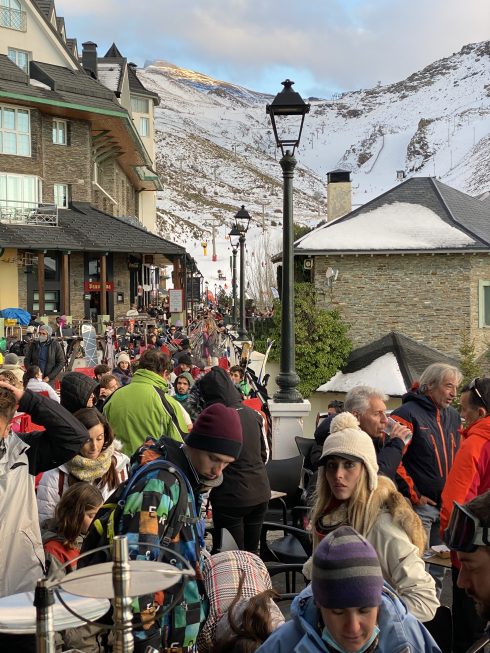
And if you’re looking for something else to do en route, the magical architecture of Spain’s most visited monument, the Alhambra, is just 30 minutes away, while the fascinating region of the Alpujarras is the other side of the mountain.
The well worn claim of being able to ‘ski in the morning, sunbathe in the afternoon’ is perfectly possible… but that’s not for me. I like getting up there for a few nights, enjoying the mountain scenery, food and fresh air, plus of course a bit of mountain sport.
One of the real joys though is seeing the snowy peaks first appear on the skyline and then loom in front as you drive from around Spain (or fly to Malaga, Granada or Gibraltar).
The snow-capped peaks of Veleta and Mulhacen (mainland Spain’s highest mountain) can be seen for miles around and winding up the steep, scenic road to the top is as exhilarating as any drive in Spain, particularly on the sharp curves with steep drops.
Run by an offshoot of the Junta de Andalucia, Cetursa has upped its game considerably in recent years, getting increasingly automated in both parking and buying the ski passes (forfeits).
It’s easy to park right under the two main ski-lifts to the top and it costs around 20 euros a day.
Most places to rent skis and boots, or snowboards, can be found within 200m of the car park.
Slopes-wide, new pistes are added most years, while the latest version of snow cannons have been installed guaranteeing snow until, normally, early May.
The season often kicks off in late November, but is normally getting properly going by the ‘puente’ weekend of Constitution Day and the Immaculate Conception on December 8.
While this year the snow has arrived late, frequently 40,000 skiers can rock up around this time, so better to come a week later.
There will be up to 110 kms of pistes open at the peak, including the amazing Laguna valley, for expert skiers, where the Netflix series about the infamous 1972 plane crash in the Andes was filmed earlier this year.
For snowboarders or jump-lovers make your way to Superpark Sulayr, in the Loma de Dilar area, Europe’s largest freestyle park, with its giant 165 metre ‘half pipe’.
And then there is the famous ‘Rio’ run that leads right down to the resort of Pradollano, which sits at 2,100 metres.
Cyprus
The geography of the area is simply staggering given it is on the same latitude as Cyprus and just 30 miles from the beaches of the Costa del Sol.
Getting so much snow here is all to do with its altitude, which goes up to a staggering 3,482 metres (11,423 feet) above sea level.
Its highest peak, Mulhacen, is named after Moorish king Muley Hacen (Abdul Hassan Ali), who is said to have been buried at the top.
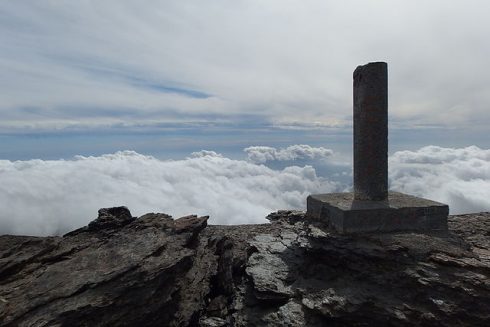
The views from the top of the highest ski lift, at 3,300 metres, are among the best in Europe, with the views across the Mediterranean to the Rif mountains of Morocco making it look like a small pond.
From here, decent skiers access the amazing runs of the Laguna de las Yeguas valley, including the celebrated Olympic run with its many twists and turns.
The sheer nature and landscape here is stunning and you will sometimes find yourself skiing alone here midweek if you time your trip well.
It definitely pays to pick your days with Easter and Christmas frequently saturated with queues for the lifts, although Christmas Day can often be relatively quiet, while on the day of the Reyes (January 6), almost all of the Spanish will be at home opening presents.
Don’t forget to try and avoid Semana Blanca (literally ‘white week’) – or half term at the end of February – when school children learn to ski, and, of course, bank holidays can also be very busy. The main tip is to go up early at 8am to 9am before the Spanish get going or waiting till midday.
While a modern resort, the main base at Pradollano is a nice spot to take in the air or a spot of lunch, and there are things for the kids to do, with entertainers and Disney figures wandering around, particularly around Christmas.
The Sierra Nevada has also got a reputation as being a resort for fun, with the apres ski being some of the best in Europe, once you know where to find it (tip: it’s mostly uphill).
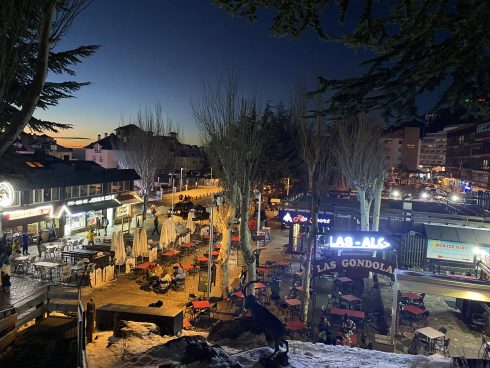
The skiing resort started to develop rapidly from 1995 when the World Skiing Championship was scheduled to be held there (due to poor snow it actually took place the following year).
“Since then the infrastructure changes were huge and it is now a big resort,” explains resort marketing boss Santiago Sevilla, who has worked there for nearly two decades.
The ticket office in Plaza Andalucia is fully digital and now has dozens of machines installed for credit cars and phone payments so you shouldn’t have to queue for long.
A day’s skiing costs €33 to €57 at peak time, but normally about €45, while those in their 70s get free passes.
READ MORE:
- Two towns in the Valencia region among the prettiest fishing villages in Spain
- GET AWAY: Five suggestions for Easter travel in Spain’s Valencia region
Click here to read more Olive Press Travel News from The Olive Press.

